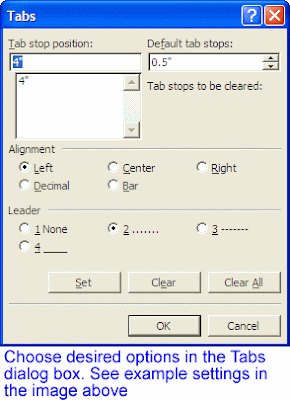


This can be tricky to set up first time around, but once you’ve done so, you can create a paragraph style based on the text (Figure 1).įigure 1: Paragraph Rules applied locally via the Control Panel menu (Cmd/Ctrl+Option/Alt-J) (A), the Paragraph Rules dialog box (B), and incorporating the rule(s) into a Paragraph Style (C) Where rules really come into their own, is in giving you the ability to have type reversed out of a solid rule. In addition to the weight, style, and color of a rule, you can also set its width: either the width of the column or the width of the line of type itself. One click is all you need to apply a rule and, potentially change the appearance of your text dramatically.Īt their most basic, Paragraph Rules are a great way to differentiate blocks of information without needing to resort to changing point size, which might result in a mish-mash of different type sizes on your page. And, of course, rules can be incorporated into paragraph styles. You might think of the rule as the original anchored object. As a paragraph level format, a rule is associated with the paragraph type and will follow it faithfully regardless of what edits are applied to the text. The simple premise of a paragraph rule, be it above or below your text, is that it moves relative to the text.

Remember when you first discovered paragraph rules? That beautiful realization that you didn’t have to draw separate lines and laboriously reposition them every time your text reflowed? If you’ve never used paragraph rules before, you’re in for a treat and if you have, hopefully this article will give you some ideas for how you can use them in new ways.
How to tab one line out of a paragraph pdf#
This PDF is best viewed in Adobe Acrobat or the free Adobe Reader. In addition to the HTML version of the excerpt below, you can also download the excerpt as a PDF that retains the full design of the magazine. Excerpted from InDesign Magazine, June/July 2012 (issue 48).


 0 kommentar(er)
0 kommentar(er)
